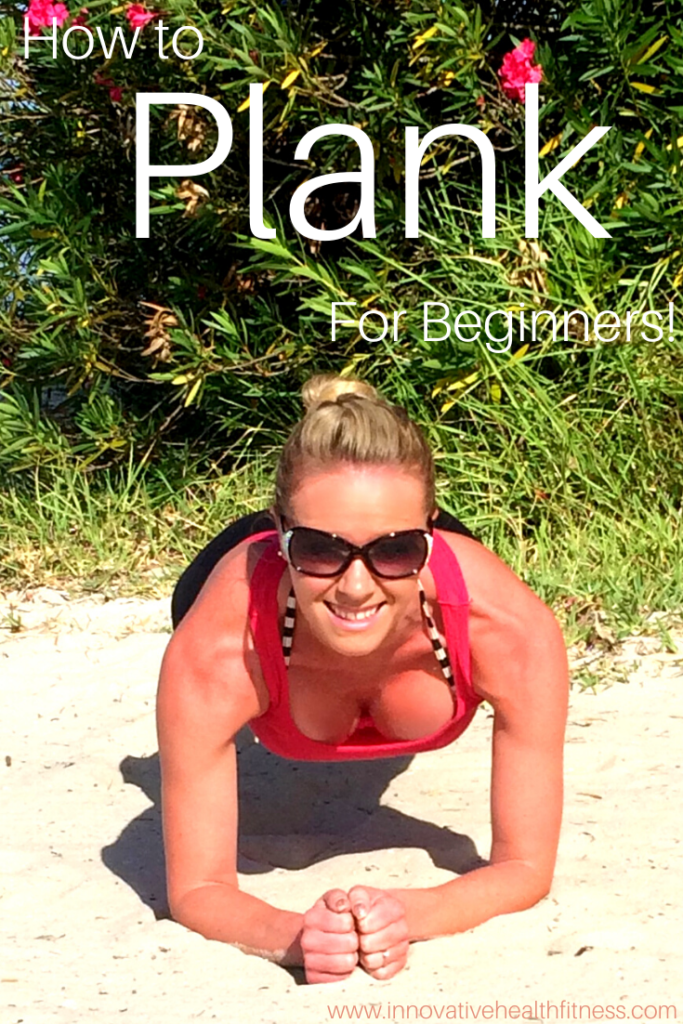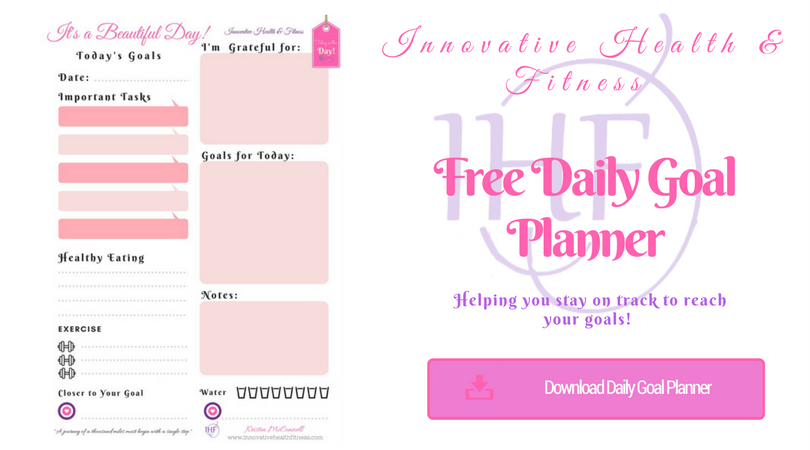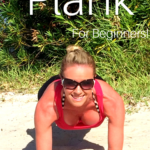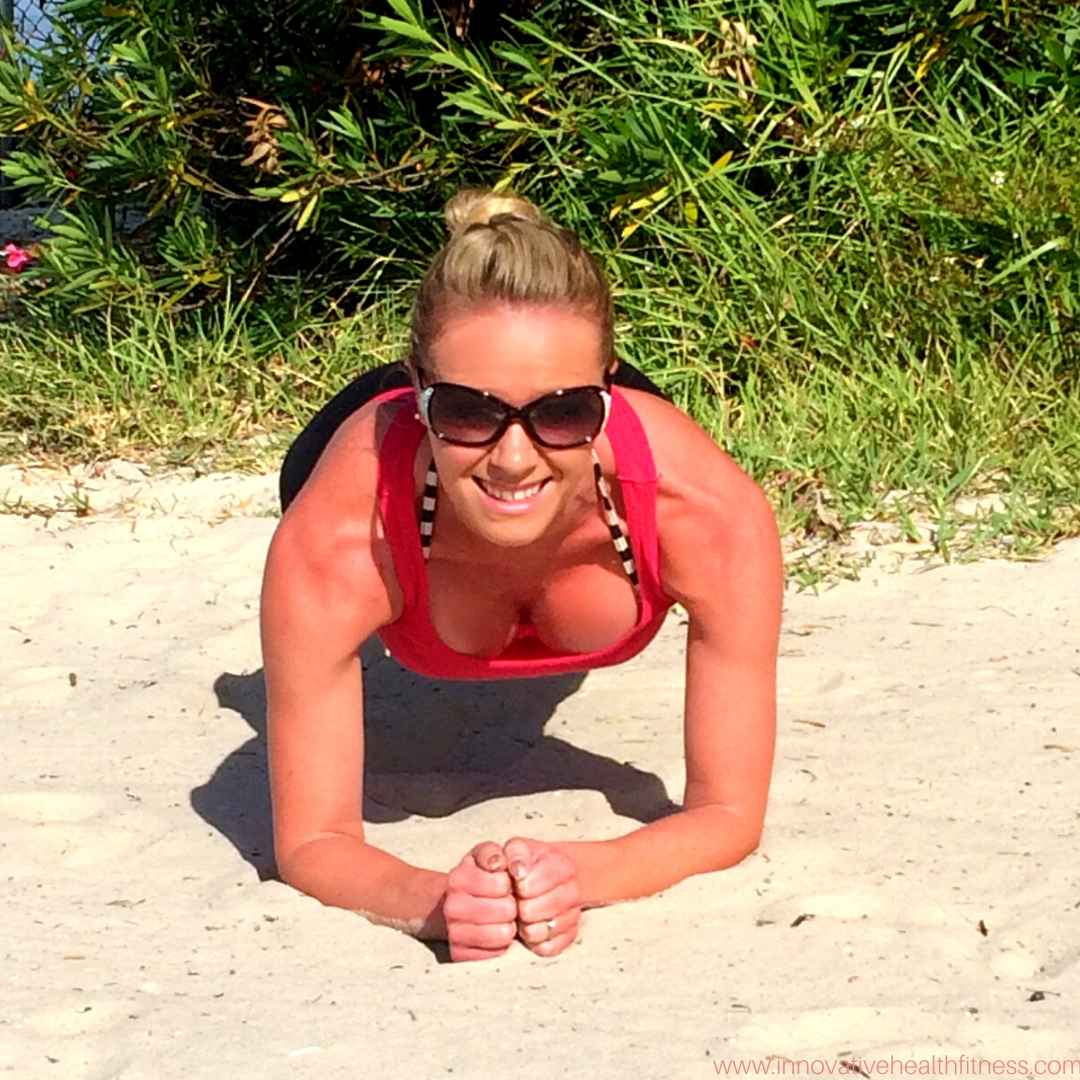
How to Plank for Beginners
Planks are all about your CORE and more!
Why strengthening your core is important: Reduces the Risk of Injury, Better Posture, Improves Your Ability to Do Everyday Activities, A Strong Core is a Key to Flat Abs.
Determine your baseline.
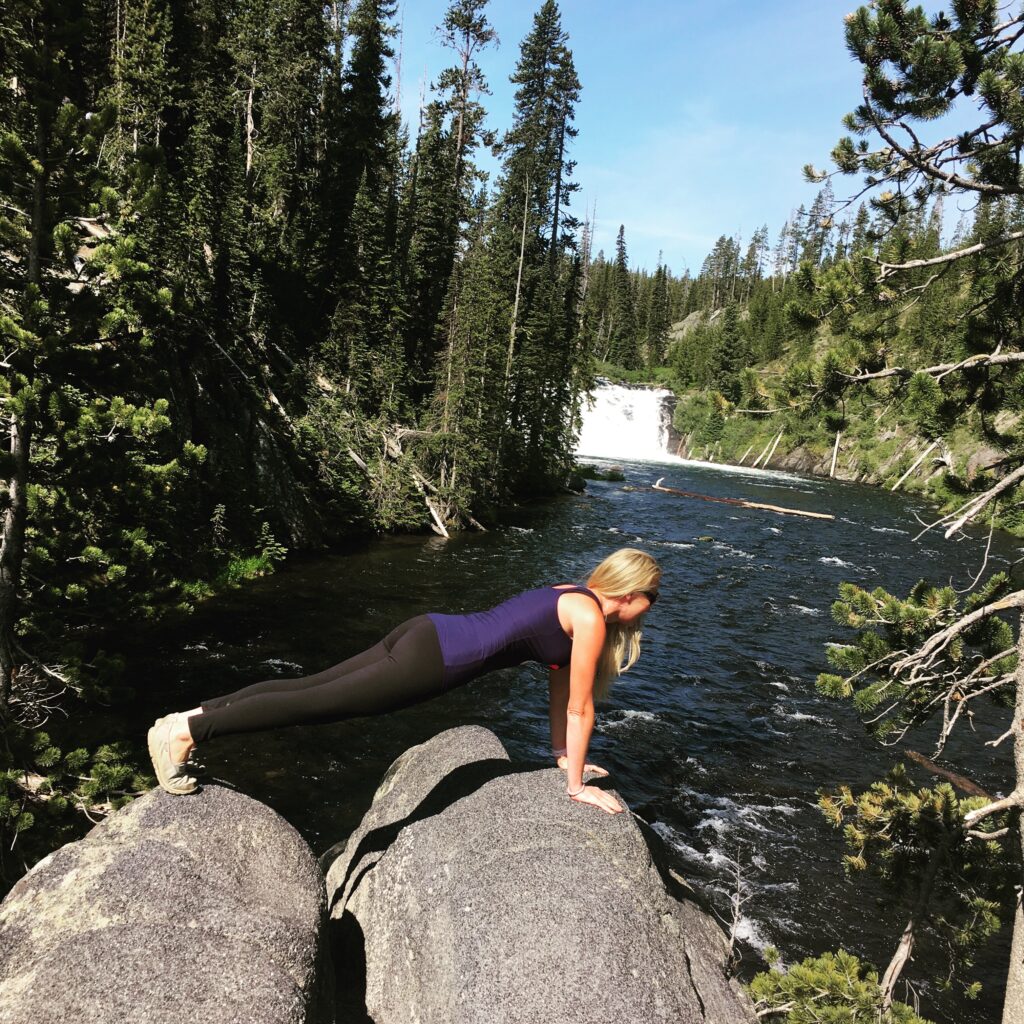
Time yourself while doing a basic plank. Pick your level and hold as long as you can.
When it comes to planks, form is everything. Paying close attention to form not only ensures you’ll get a great workout, but also that you’re protecting your body from injury. The plank is best known for working your core, but planks also engage more than 20 muscles, including your shoulders, back, arms, legs, and gluts. Even better, planks allow you to work your core without the risks of back injury and overstressed hip flexors. For a very minimal time investment, you challenge all the major muscles, strengthening your body, improving balance, and preventing future injuries. And not to mention, the plank is 100% excuse-free, meaning no special gear, machines, or equipment are required. All you need is a timer and you can drop anywhere and get your core work in!
This is WHY we plank!!
Level 1: Forearm Knee Plank-
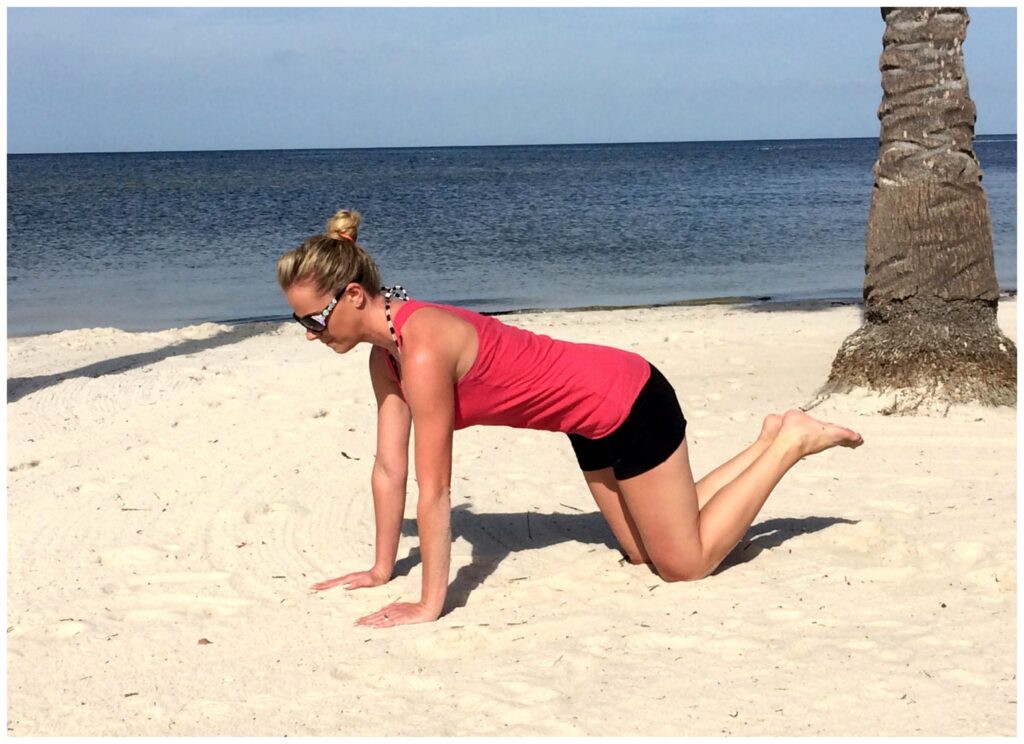
Here are the steps to performing a knee plank:
- Begin kneeling on the floor with your hands directly below shoulders and knees on the mat at an angle behind you.
- Keeping the spine straight, tightening the abdominals to hold, and keeping the weight out of the wrists. Hold for 1 minute slowly release by pushing hips back over heels. Keep your back straight and core tight—imagine drawing your belly button up and in (rather than sucking in your stomach).
Targets: shoulders, core
Why we LOVE it: This plank is noticeably easier to hold than the traditional straight-arm plank, but it’s great for beginners to concentrate on form. By resting the knees on the ground there is less stress on the lower back. If knees feel uncomfortable, roll up a mat to rest them on. If you’re more advanced, add some resistance.
Think! The spine is long and the core is strong.
Level 2: Forearm Plank
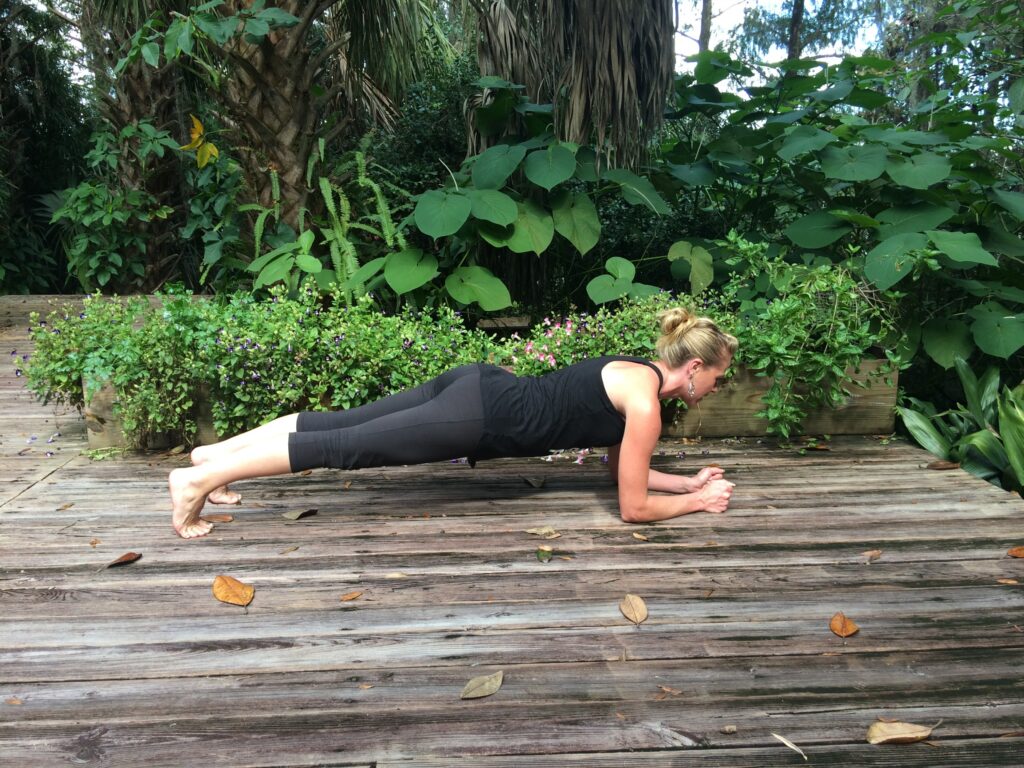
Here are the steps to performing a forearm plank:
- Begin by lying on your belly bring elbows under your shoulders. Knees just outside hips brace your abs.
- Engage your core and lift your hips to shoulder level, you can stay on your knees or come up to your toes. Keep your forearms on the floor and your body in a straight line from head to feet. Keep your abdominals engaged and try not to let your hips rise or drop.
Think! The spine is long and the core is strong.
Why we LOVE it: A forearm plank is a core body exercise that strengthens all of the muscles of the core, gives you a stronger lower back, and teaches your body to stabilize, and is less taxing on your wrists.
Level 3: Single Leg Plank

Single-Leg Plank: Start in a standard or forearm plank. Then lift one leg. You can stack one leg on top of the other or just lift it off the ground.
Repeat on the other side.
Why we LOVE it: By now you know that a #plank is great for your #core… but do you want an extra #bootylift? This is the plank for you! Pulse your raised leg, squeezing the glutes as you hold your plank!
Level 4: Knee to Elbow Plank
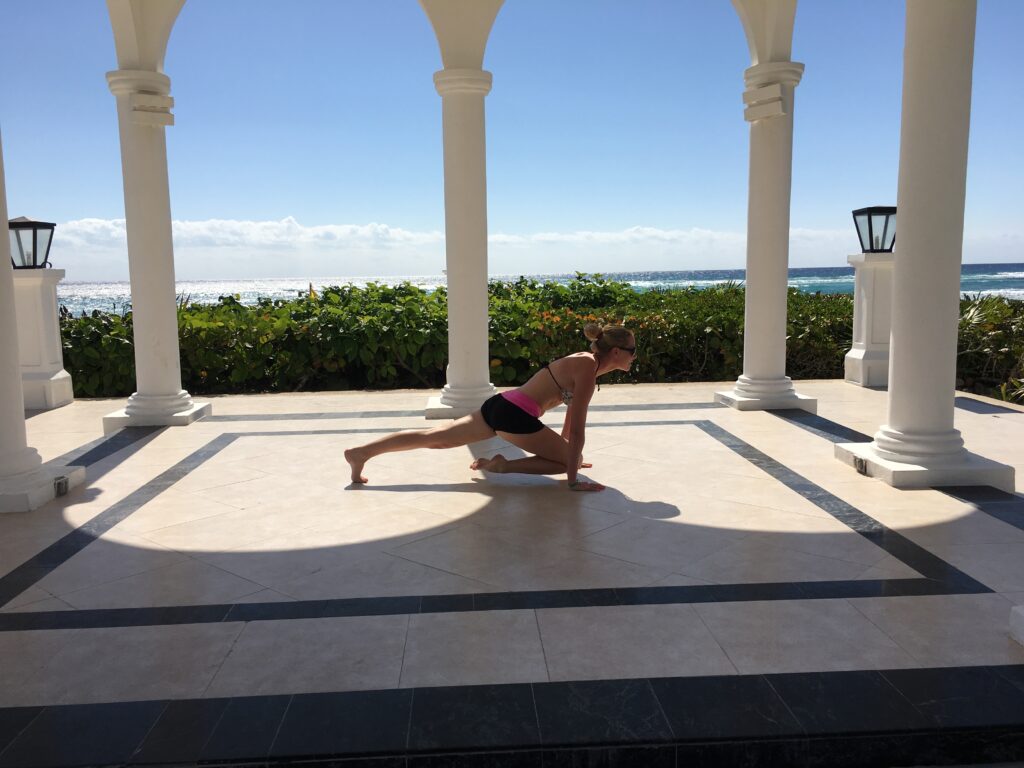
Knee to Elbow Plank!
Internal obliques turn!
Begin in a standard plank. Then take your knee to the INSIDE elbow. Switch sides after 30 seconds.
Why we LOVE it: Just like yesterday’s plank, this plank with a knee to elbow is a more difficult progression from a standard plank. The exercise targets the core, specifically the obliques, to build strength and increase stability.
Common Planking Mistakes
Collapsing your lower back
Instead of compromising your lower back by dipping your butt, engage your core by imagining your belly button pulling in toward your spine. This will help keep your torso flat and, in turn, your spine safe.
Reaching your butt to the sky
Planks are not supposed to look like Downward Dog.
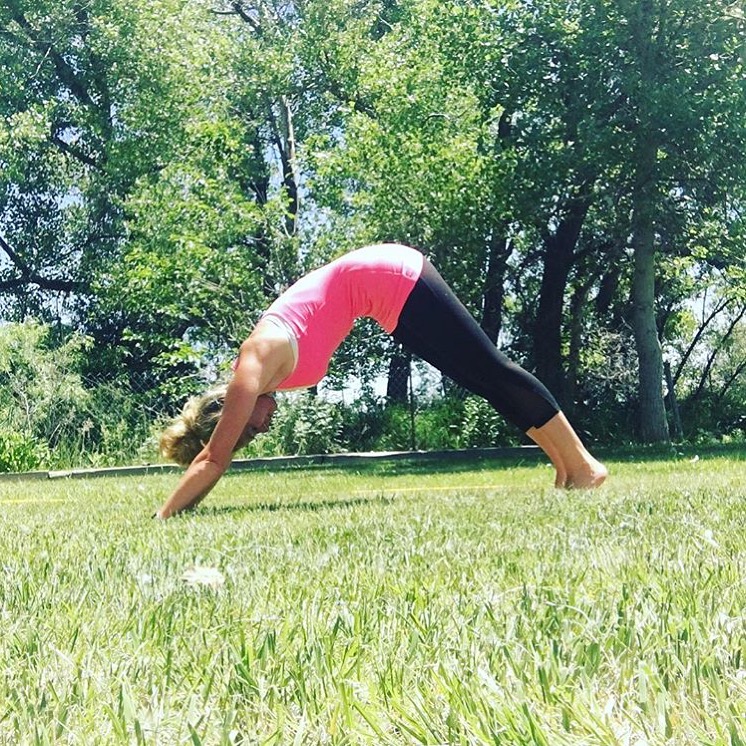
To really get your core working the way it should in the plank position, keep your back flat enough so your abs feel engaged from the top to the bottom. Just don’t dip your butt too far toward the floor.
Letting your head drop
While the focus may be on keeping your hips, butt, and back in the proper position, form isn’t just about your core and lower body in this move.
It’s important to think of your head and neck as an extension of your back. Keep your eyes on the floor, letting them rest about a foot in front of your hands, which will help keep your neck in a neutral position.
Forgetting to breathe
It’s human nature to hold your breath when you’re in a strenuous position. But denying yourself oxygen can bring on dizziness and nausea, which are unpleasant at best and dangerous at worst.
Focusing too much on the stopwatch
Quality over quantity of seconds ticking away. When your form begins to suffer, it’s time to call it quits. If your back starts to bow or your shoulders start to sink, take a break.
Are you ready to get your plank on?
What is your favorite plank position? Let me know in the comments!

Related posts:

Hi!! I’m Kristin McConnell, I am so glad you are here! I am a wife to my amazing husband and a Mom of two fabulous kids. I love gardening, raising chickens, bee keeping and baking sourdough bread!


